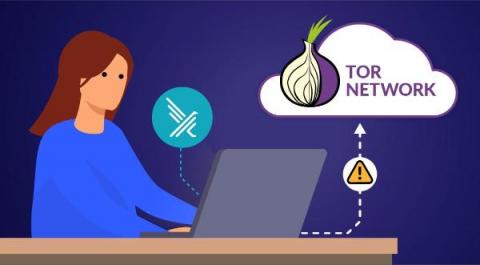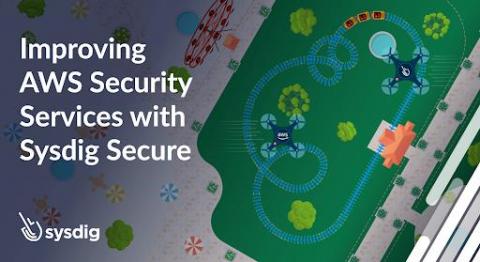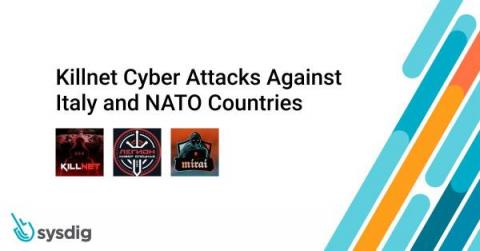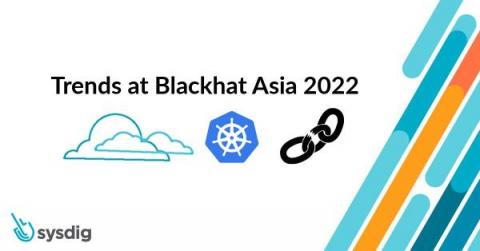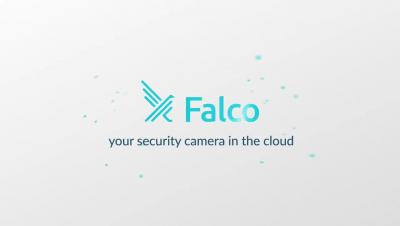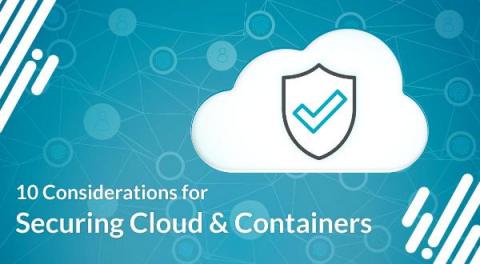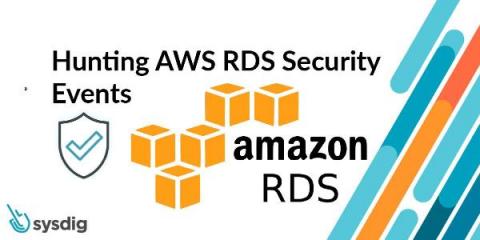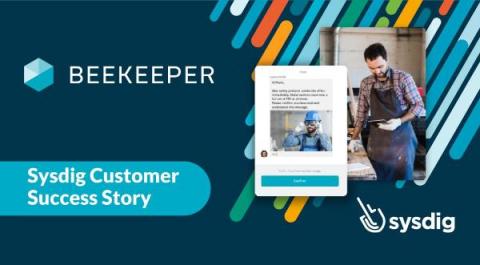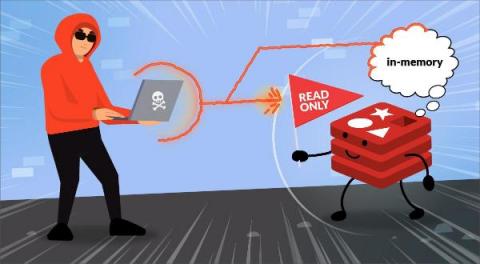How to use Atomic Red Team to test Falco rules in K8s
The best way to know if something works is to try it out. Ensuring that your security products are actually working is a fundamental task of routine maintenance. This is why it is so useful to use tools like Atomic Red Team that generate suspicious events based on ATT&CK techniques and see how Falco triggers alerts. In this blog, we will cover how to install and run the Atomic Red Team environment on a Kubernetes system for testing Falco rules.



